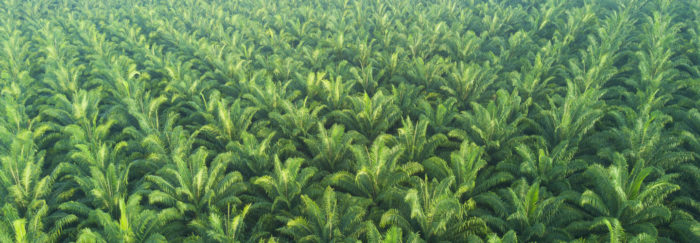COVID-19 shows us why we need a better relationship with biodiversity
May 22, 2020Improving our relationship with biodiversity starts with changing the way we grow our food.

COVID-19 shows us why we need a better relationship with biodiversity. The pandemic highlights why protecting biodiversity NOW is more urgent than ever.
Today’s pandemic is rooted in the way we treat nature.
This coronavirus, like many viruses before it, crossed into humans from animals. The exact path it took might never be known, but scientists do know that human destruction of natural habitats creates opportunities for pathogens to cross the line between species.
In fact, 75 per cent of all emerging infectious diseases in humans come from animals. AIDS, Ebola, West Nile, sudden acute respiratory syndrome (SARS), bird flu, Zika virus disease and now, COVID-19, are all examples of zoonotic diseases caused by viruses that made the animal-to-human jump. And scientists tell us the frequency at which such diseases enter the human population is increasing.
Why does this happen?
Biodiversity, the wide variety of plants, animals and microorganisms on the planet, has suffered tremendous losses at our hands. When ecosystems are destabilized and animals undergo high levels of hardship, the species-specific viruses that are normally kept in check can spill into species that have never been exposed to them, and hence have no immunity to them.
And one major cause of this biodiversity disruption is the way we grow our food.

With 33 per cent of the land surface devoted to agriculture today, the sector is one of the most important causes of habitat destruction.
“Our continued erosion of wild spaces has brought us uncomfortably close to animals and plants that harbour diseases that can jump to humans,” says United Nations Environment Programme (UNEP) Executive Director Inger Andersen.
When we bulldoze vast natural habitats to create large-scale farming operations, we stress—and sometimes decimate—the area’s biodiversity. In addition, disease thrives among large populations of farmed animals, according to the UNEP. So farm animals are often the “epidemiological bridges” that allow dangerous diseases to hop to humans.
“This is especially the case for intensively reared livestock which are often genetically similar within a herd or flock and therefore lack the genetic diversity that provides resilience: the result of being bred for production characteristics rather than disease resistance,” says a 2016 UNEP report.
We must shift the way we grow our food.
The farmers we work with—many who are Indigenous peoples, and women seed savers—already know this. They work with SeedChange to incorporate a wide array of biodiversity-friendly approaches into their farming practices, and share them with other farmers in their community.
When you support SeedChange, you are supporting a vast network of 35,000 farmers leading the way in growing techniques that work with nature, instead of against it.
Not only are they not destroying the ecosystems around their farms, but their farms themselves are havens of biodiversity. Many plant biodiverse plots, incorporating trees, vines and shrubs to sustain a farming ecosystem. They improve soil health using compost and organic fertilizer, and reduce their use of chemical pesticides and herbicides, literally growing the biodiversity of microorganisms in the soil. Meanwhile, by avoiding synthetic fertilizers, they also protect the surrounding waterways from getting poisoned, so the biodiversity of aquatic life can thrive.
By stewarding biodiverse farms—both in terms of the number of plant and animal species on the farm, and the number of varieties of each—these farmers create resilient and productive farms that use land resources efficiently and provide habitat for wild biodiversity too.
The farmers we work with have farms that come in many forms, all encouraging and growing biodiversity in their own way. They incorporate sustainable, biodiverse, ecological and organic practices because they know we aren’t just connected to the natural world—we are dependent on it for our survival.
How can I help conserve biodiversity?
You can help grow a better relationship with biodiversity by showing your support for the farmers leading the path to a healthier future. You can help them grow a better world where food doesn’t come at the expense of ecosystems, and nature’s balance is restored, protecting us against pandemics like the one we are facing today.